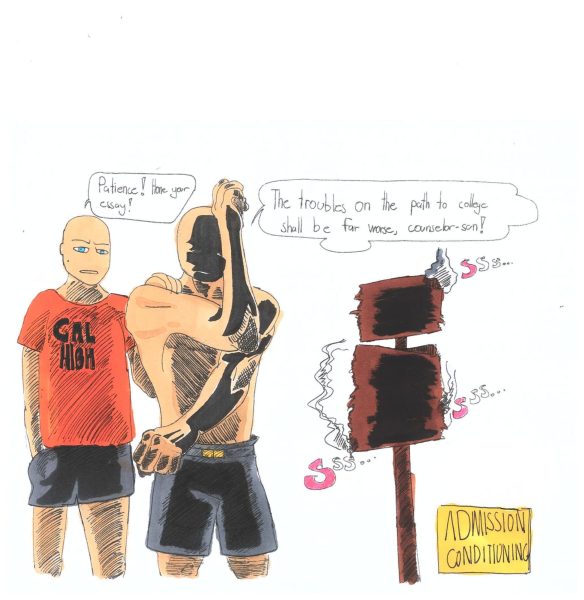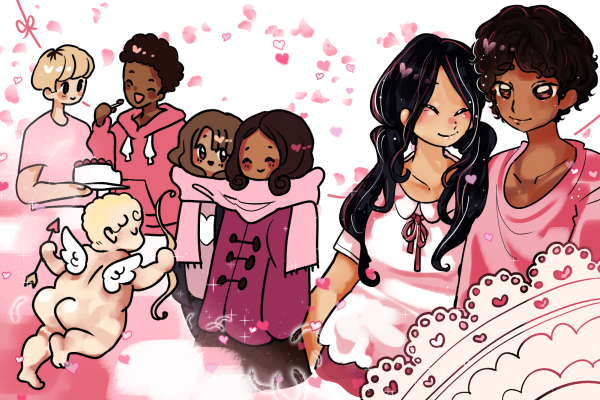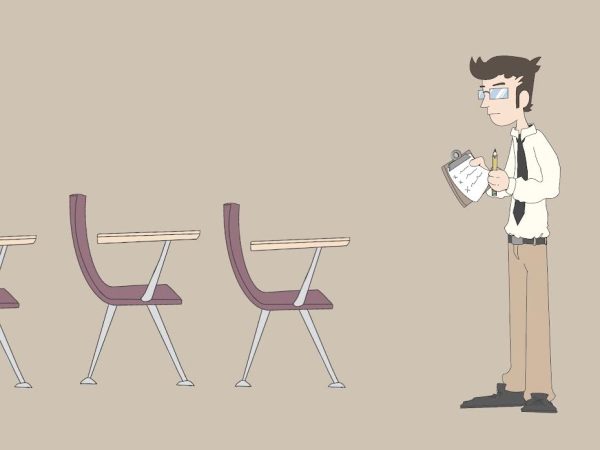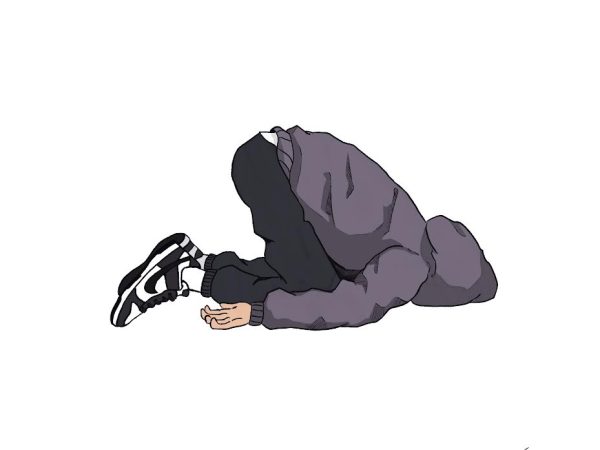Sullen seagulls soar away from school
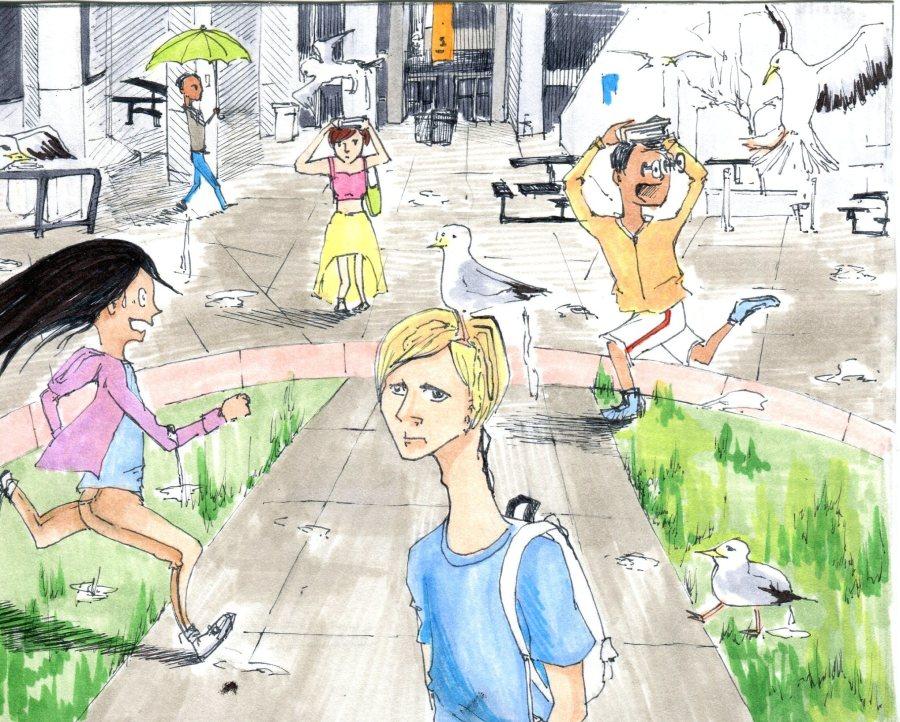
The campus is quiet.
Too quiet.
The usual raucous clamor is gone. For years Cal High had been plagued by a pestilence, a disease, of immense filth and foulness. The blight struck fear into the hearts of many. We’re not talking about Ebola.
We’re talking about the seagulls.
Oh yes, the infamous gulls. When asked about the absence of this terrifying epidemic, students responded in fear.
“I didn’t even notice,” said senior Lauren Liebow. “I, like, don’t even go outside.”
She is not the only one that feels the impending doom of the birds.
Come spring, the seagulls are the greatest threat on campus, second only to the horrible fishy-smelling trees. Many a time students have been innocently strolling to classes, only to be bombed by these little varmints. Beautiful articles of clothing have been destroyed by bird feces.
In order to protect against such degradation, many students have taken to running from cover to cover, minimizing time spent in the open. Textbooks have been recruited as loyal hats.
While all this precaution may seem unnecessary, those who underestimate the power of the flying poop machines are targeted especially by the birds.
Those who are unprepared for such an attack cannot fight back. One moment they are walking happily along, and before they know it, splat! A grape-sized bomb, right on the shoulder. The bystanders can only look on in horror as the victim realizes the extent of the damage.
Sophomore Cher Chen, who witnessed such a tragedy, describes it with heart-wrenching emotion.
“I thought it was hilarious,” she said.
The victims themselves are often traumatized and shaken by their bird poop incidents.
“I don’t even want to think about it,” said calculus teacher Jean Dillman.
Another innocent victim was senior Olivia Bouchet, who was pooped on not once, but twice.
“The first time left me very emotional, first in despair to laughing about it and looking on the bright side,” Bouchet said. “Second time I was a bit more angry than sad.”
There is a clear lack of empathy from the creatures toward someone that had already suffered at their hands. (Or feet. Or claws?)
“I guess birds don’t care,” Bouchet added.
From her account, it is clear this traumatic experience has been often repeated – except for this year.
So far, the campus has been unusually quiet. Have the seagulls gone on to terrorize another campus? Or is it simply the calm before the storm?
If they come back, the danger will be worse than before as administrators have taken the cover of the main building away. We are now at the mercy of the birds. Who knows what they will do next?
The seagulls have declined to comment upon their motives.

